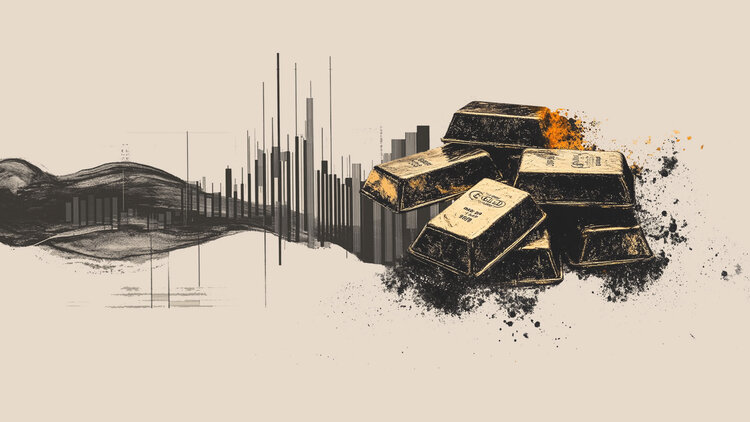He Gold ounce price in euros goes up this Wednesday After falling consecutively on Monday and Tuesday.
The Xau/EUR closed Tuesday over 2,913.18, losing 0.77% daily.
This Wednesday, the price of gold in euros has risen from a minimum daily in € 2,909 to a maximum of the day in € 2,935.
The Current XAUR/EUR contribution is € 2,923.55, winning 0.35% in what we have been.
From a year to this part, the price of gold in euros has risen 35.11%.
What factors have influenced the price of gold in recent hours?
- The geopolitical conflicts again activate the feeling of caution among investorspromoting the price of gold after two days of falls.
- Ukrainian leader Volodimir Zelenski said that Risia is preparing a great offensive through drones and missiles and in northern Ukraine. For his part, Russian President Vladimir Putin has demanded that European leaders guarantee to restrict NATO’s expansion to the east of the European territory, as well as the elimination of sanctions to his country as essential conditions in the case of a high fire between Russia and Ukraine. Far from getting both parties to reach a peace agreement, Donald Trump has assured that Putin ‘is playing with fire’ after activating maneuvers in the Baltic Sea and invading several populations in Sumi during yesterday’s day.
- The Israeli troops killed between yesterday and today 23 people in the Gaza Strip. Today Israel has bombarded the Saná airport, in Yemen, in response to the launch of two missiles by the hutis to Israeli territory.
- Christine Lagarde, president of the European Central Bank, could leave the entity’s leadership to direct the Davos forum, according to its founder, Klaus Schwab. The information, just before the European Central Bank meeting next week, has not caused a major decrease in the euro against gold.
FAQS GOLD
Gold has played a fundamental role in the history of mankind, since it has been widely used as a deposit of value and a half of exchange. At present, apart from its brightness and use for jewelry, precious metal is considered an active refuge, which means that it is considered a good investment in turbulent times. Gold is also considered a coverage against inflation and depreciation of currencies, since it does not depend on any specific issuer or government.
Central banks are the greatest gold holders. In their objective of supporting their currencies in turbulent times, central banks tend to diversify their reserves and buy gold to improve the perception of strength of the economy and currency. High gold reserves can be a source of trust for the solvency of a country. Central banks added 1,136 tons of gold worth 70,000 million to their reservations in 2022, according to data from the World Gold Council. It is the largest annual purchase since there are records. The central banks of emerging economies such as China, India and Türkiye are rapidly increasing their gold reserves.
Gold has a reverse correlation with the US dollar and US Treasury bonds, which are the main reserve and shelter assets. When the dollar depreciates, the price of gold tends to rise, which allows investors and central banks to diversify their assets in turbulent times. Gold is also inversely correlated with risk assets. A rebound in the stock market tends to weaken the price of gold, while mass sales in higher risk markets tend to favor precious metal.
The price of gold can move due to a wide range of factors. Geopolitical instability or fear of a deep recession can cause the price of gold to rise rapidly due to its condition of active refuge. As an asset without yield, the price of gold tends to rise when interest rates lower, while the money increases to the yellow metal. Even so, most movements depend on how the US dollar (USD) behaves, since the asset is quoted in dollars (Xau/USD). A strong dollar tends to keep the price of gold controlled, while a weakest dollar probably thrusts gold prices.
Source: Fx Street
I am Joshua Winder, a senior-level journalist and editor at World Stock Market. I specialize in covering news related to the stock market and economic trends. With more than 8 years of experience in this field, I have become an expert in financial reporting.





